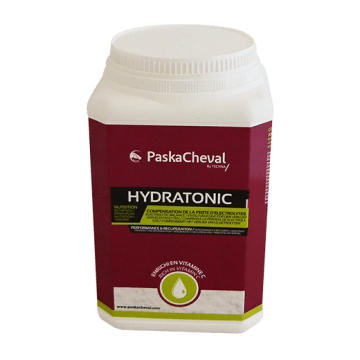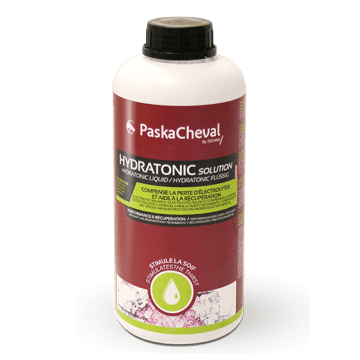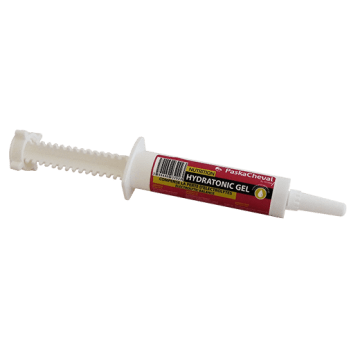What are electrolytes?
Electrolytes are ionizable elements that circulate in the intracellular and extracellular fluid compartments. The ones we are interested in here are mineral salts and, more specifically, sodium (Na+), potassium (K+) and chloride (Cl-).
Unlike calcium, these electrolytes are directly linked to the horse’s fluid balance. It is this that enables horses to regulate their hydration levels and thereby avoid dehydration. These elements are involved in a whole range of metabolisms, in particular muscle contraction. Hence their importance in athletic horses, who exert considerable effort during competitions.







